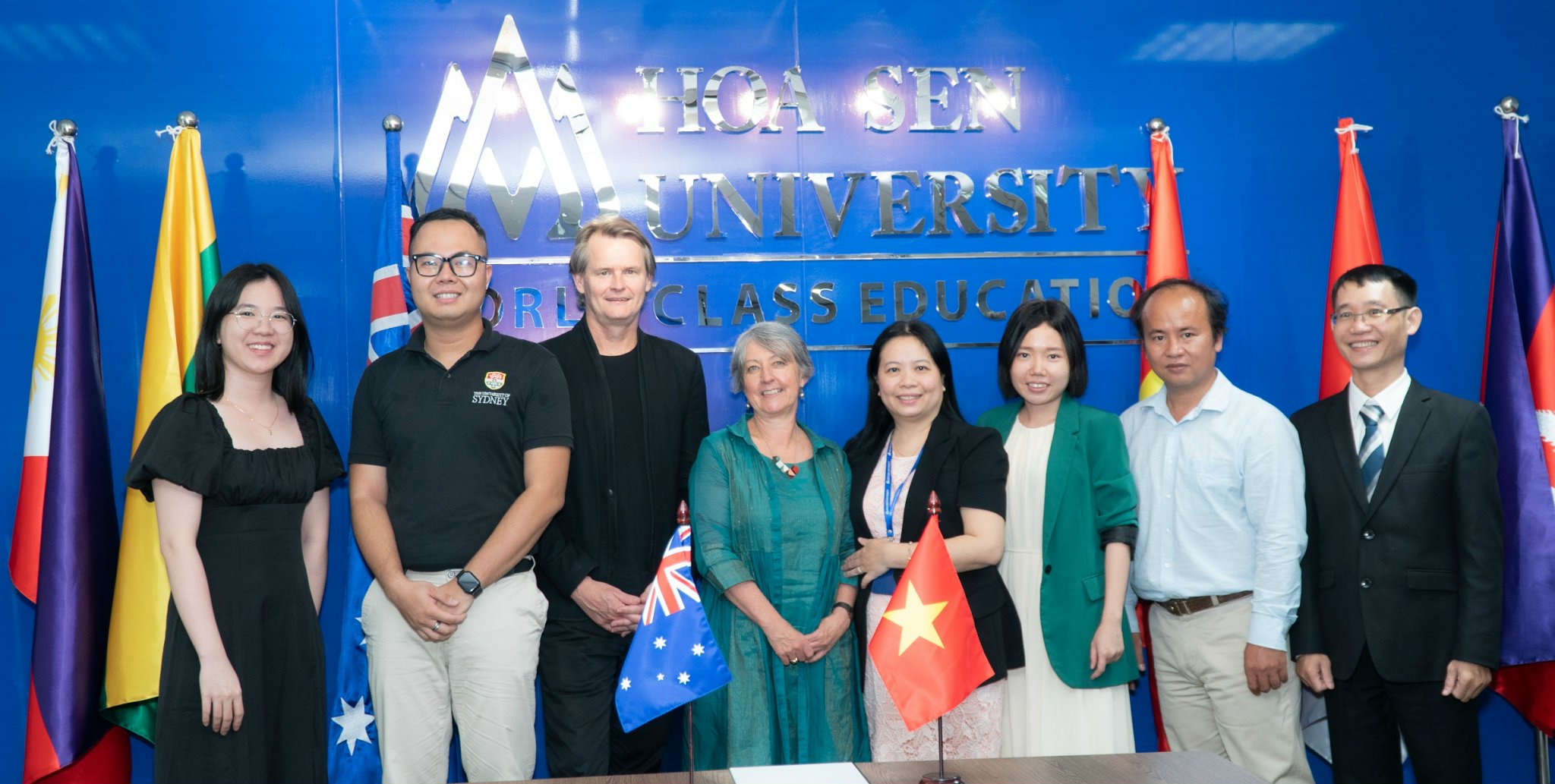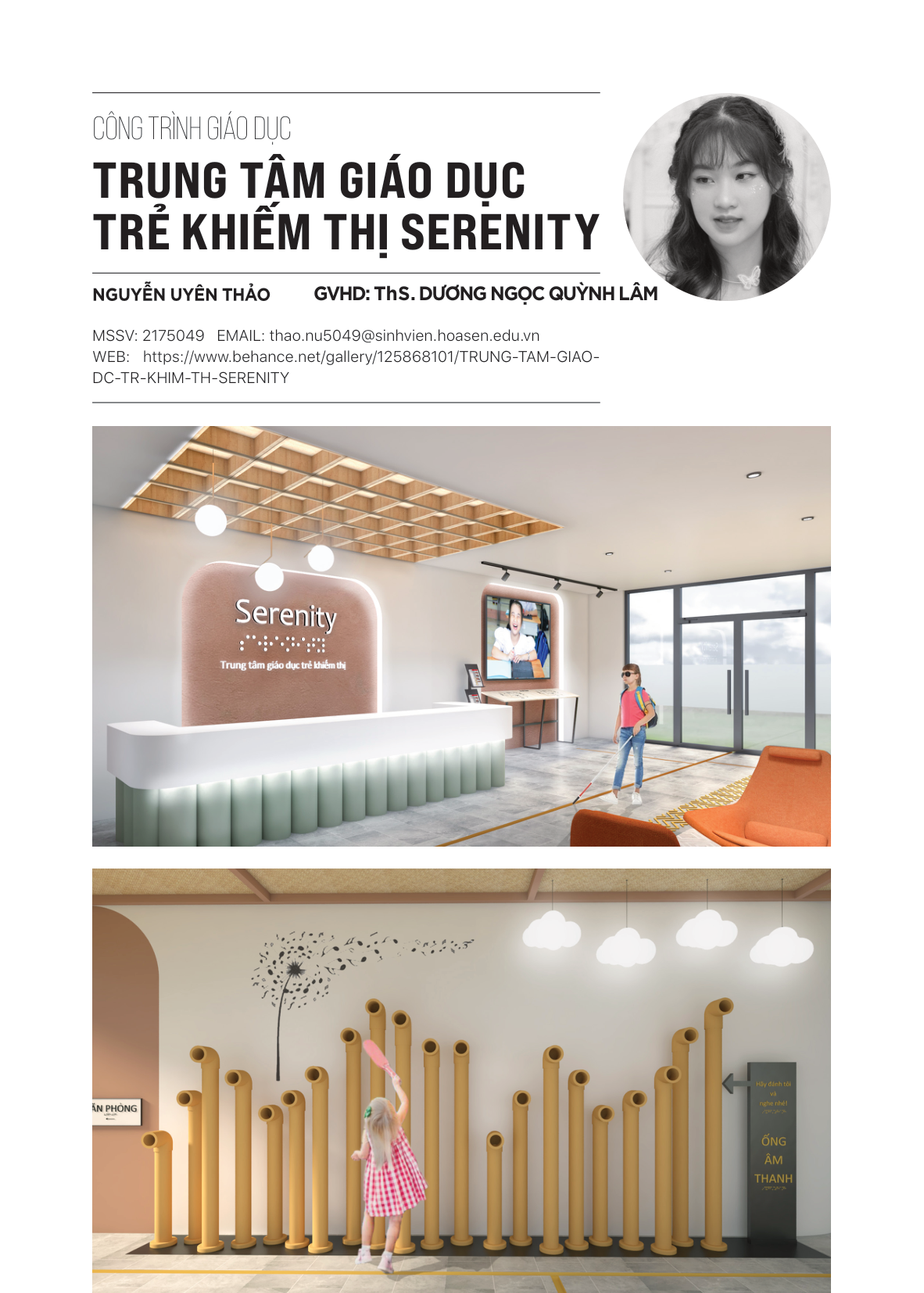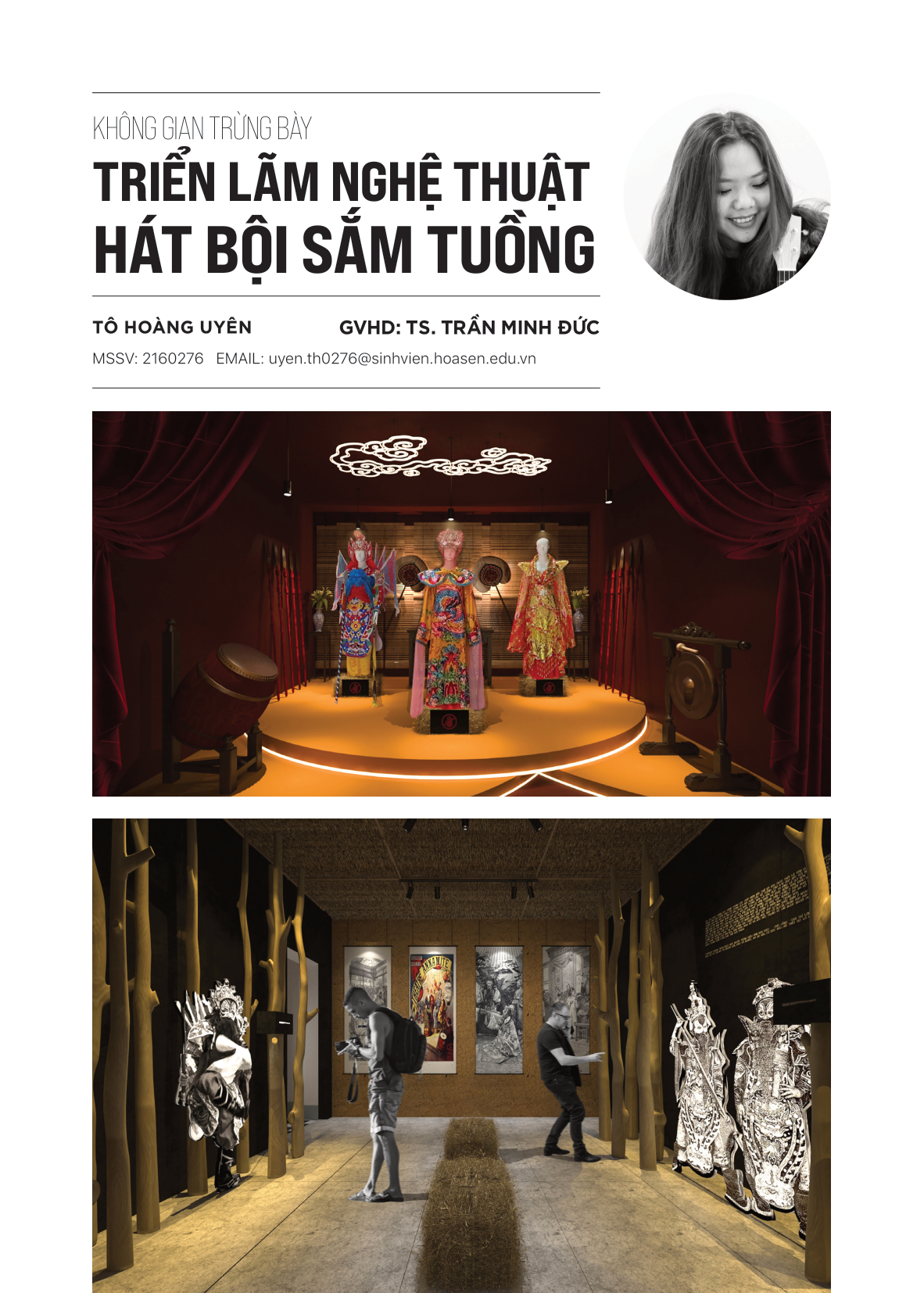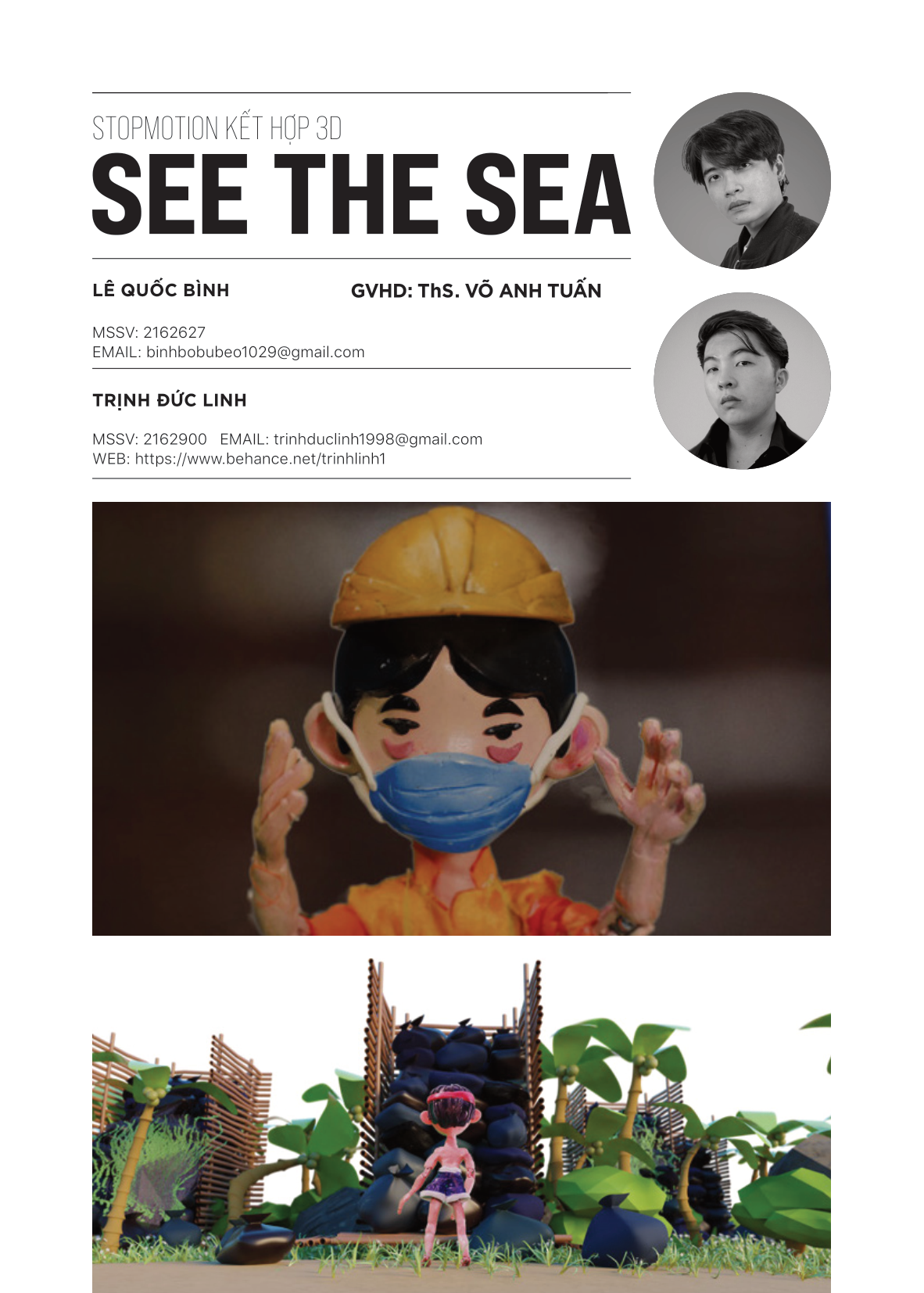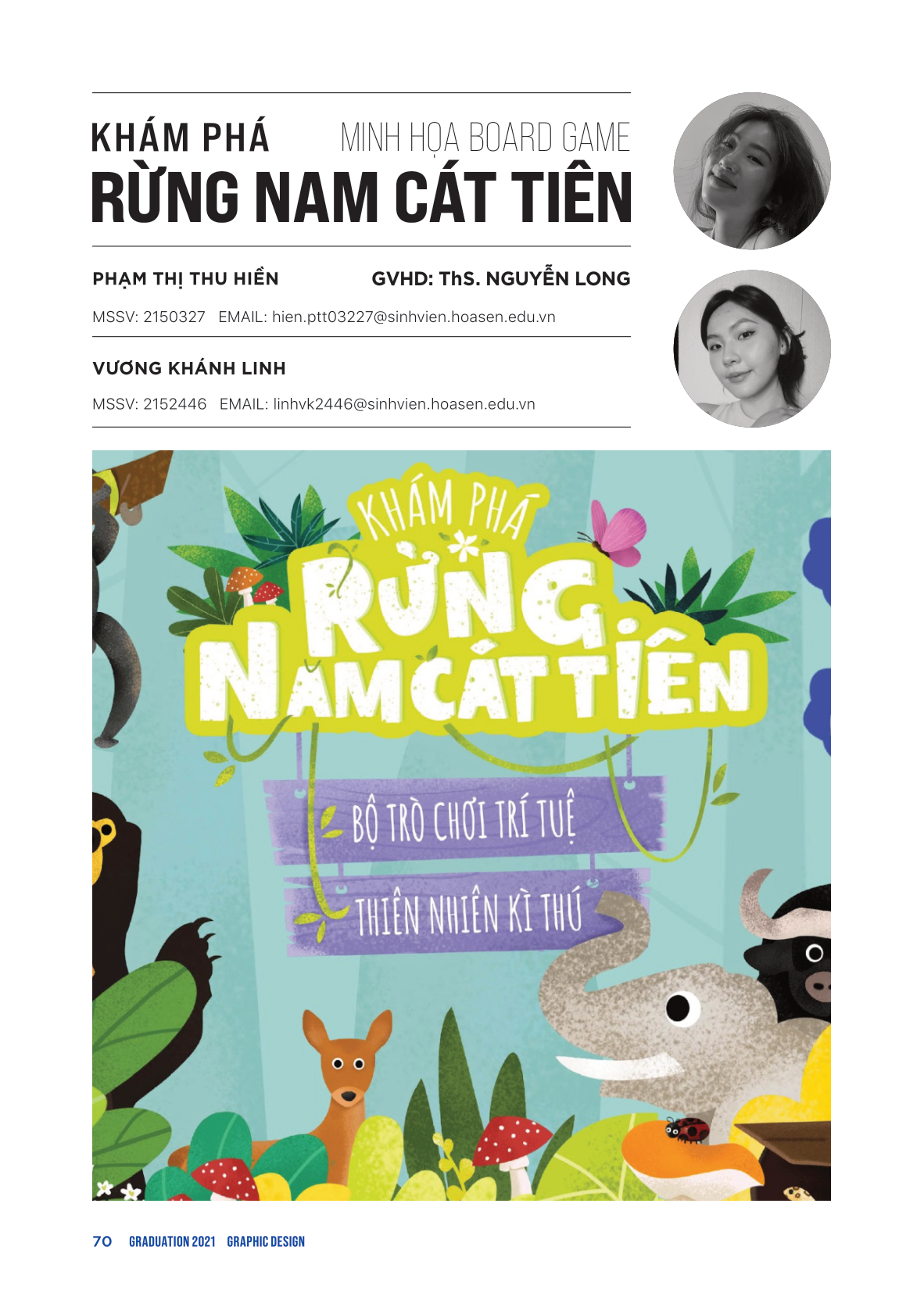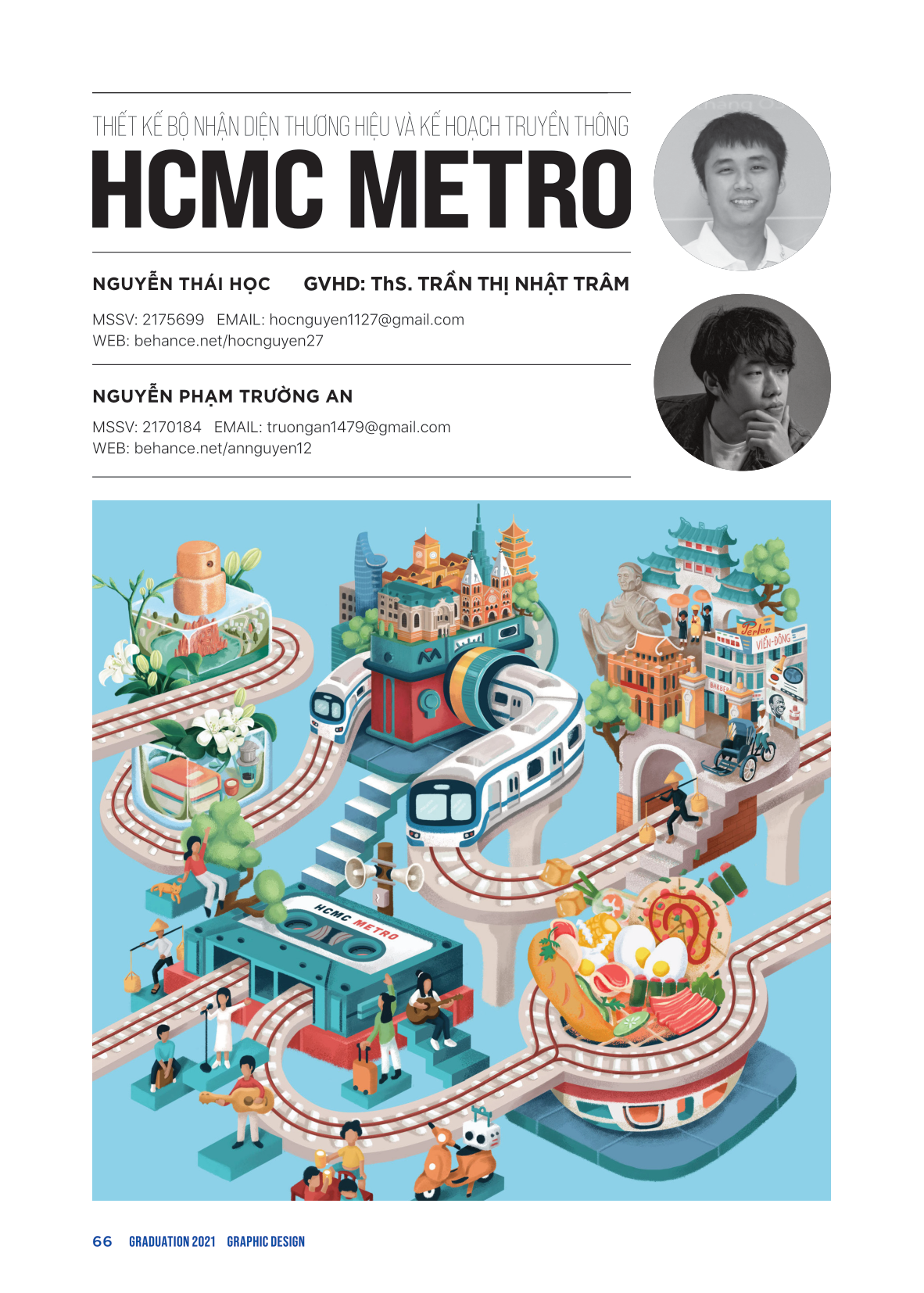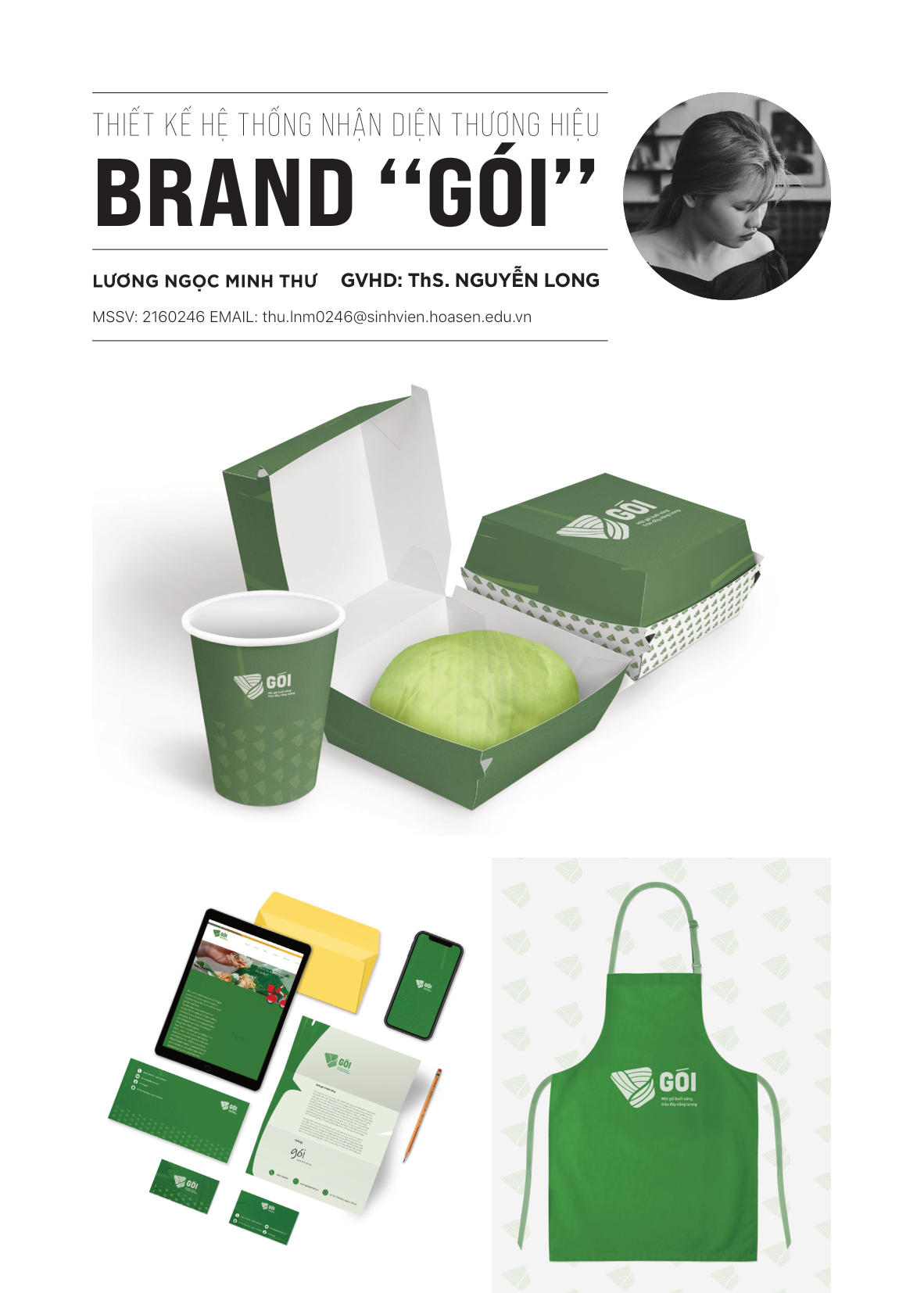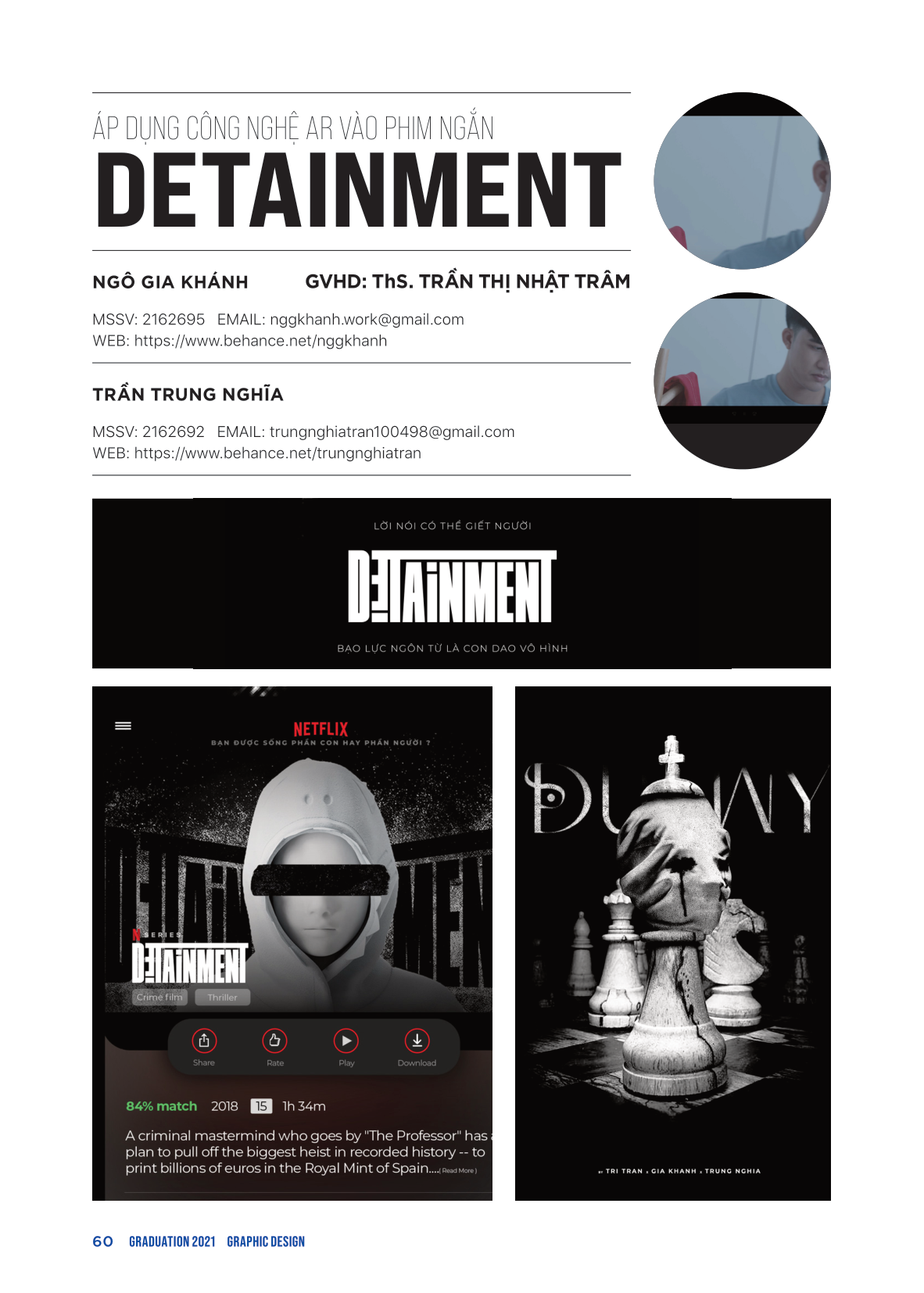Fashion Design Department – Talkshow “Cultural Semiotics On The Costume Of Nguyen Dynasty”
19/02/2024
Fashion Design Department, Faculty of Design and Art – HSU
Talkshow “Cultural Semiotics
On The Costume Of Nguyen Dynasty”
Faculty of Design and Art – HSU
Talk show: “CULTURAL SEMIOTICS ON THE COSTUME OF NGUYEN DYNASTY”
On February 11, 2024 (the 2nd day of Tet or Tet Nguyen Dan-the Lunar New Year), Hoa Sen University and Saigon Book co-hosted the Talk show: CULTURAL SEMIOTICS ON THE COSTUME OF NGUYEN DYNASTY. This is presented by Tran Minh Nhut (Speaker & lecturer) and Doan Thi Ngoc (Host and lecturer at HSU) at Nguyen Van Binh book street in the downtown area of Ho Chi Minh City. This event attracted a large number of audience and visitors. They also had an opportunity to view some beautiful images of ancient costumes created by the Dai Viet Co Phong Group.
At the Talk show, Mr. Nhut shared some main contents including:
1. Learn about Tet during the Nguyen Dynasty
2. Brief history of costumes during the Nguyen Dynasty (1802-1945), and
3. Cultural symbols on Nguyen Dynasty Costumes
First, Mr. Nhut briefly introduced the types of Vietnamese festivals, including the royal festivals of the Nguyen Dynasty, which are an important element in history. Nguyen royal festivals are divided into two types: “Le Tiet” and “Le Te Tu”. The word “tiet” in Chinese has 13 meanings, but the word “tiet” in the Kham Dinh Dai Nam Hoi Dien Su Le of the Nguyen Dynasty contains the following meanings: “Weather”, “King’s birthday” and “Tet”.
Regarding the activities for Tet, Ban Soc is an ancient calendar-making ceremony held periodically at the end of the lunar year and became a unique cultural feature in the Nguyen Dynasty. It is associated with compiling and printing calendars and distributing them to the whole country, which has a very practical meaning for the agricultural economy. People view the calendar to monitor the time and weather for farming and to check the calendar to know about weather changes one may respond to and prevent natural disasters.
Next, the Thuong Tieu Ceremony (Cay Neu Setting up Ceremony) was also very popular and still exists today. According to Nguyen Dynasty’s etiquette, Thuong Tieu should be performed on the 23rd day of December. The King went to Thai Hoa Palace to hold the “Thuong Tieu” ceremony and commands the building of a long, big, strong bamboo pole measuring about 15 metre, with leaves left on its top, bows, arrows, bells, gongs, and often with a line of beautiful words for good luck in the coming year. After the King completes the ceremony of setting up the bamboo tree, the people can build a bamboo tree in their homes. The main meaning of installing a bamboo tree on Tet holiday is to ward off ghosts and misfortunes of the old year so that souls of the ancestors can enjoy Tet with their living family members and pray for a good new year.
In addition, the three days of Tet are also very important. Traditionally, on the first day of Tet, in addition to the King’s New Year celebration, the King paid visit to the Queen mother for the New Year blessing, which emphasized filial piety. This ritual was performed very solemnly at Dien Tho palace, where the Queen Mother lived. On the 2nd day of Tet, the King and his servants went to worship at Phung Tien Palace – a place to worship all previous Nguyen Kings. On the 3rd day, the King and his mandarins all went to visit their teachers and monks. These traditional activities are still observed in Vietnamese families.
Second, Mr. Nhut shared some information about the ceremonial costumes of the Nguyen Dynasty (1802-1945) and cultural semiotics that the audience can easily access through three sources: historical documents, original antiques or restored artifacts in many places from North to South, and through paintings (Grande Tenue de la Cour d’Annam). Since the second half of the 19th century, the regulations on hats and costumes of the Nguyen Dynasty have not been recorded in detail, and these ancient costumes are also scarce. Therefore, the collection of paintings Grande Tenue de la Cour d’Annam by Nguyen Van Nhan is a valuable painting document used to refer to the costumes of the Nguyen Dynasty during the reign of King Thanh Thai. The audience may read the book ‘The Art of Costume Illustration of the Nguyen Dynasty in the early 20th Century’ by Tran Minh Nhut to learn more about the collection of paintings by Nguyen Van Nhan.
Nhut then shared the knowledge of cultural semiotics expressed on the costumes of the Nguyen Dynasty, which are shown through the visual arts of royal artisans, materials used to create them, decoration of spirit animal motifs, and structure.
In term of artifact materials, Hue royal court often used rare fabrics such as brocade, silk, and satin to make the costumes, which were all handmade and only the Royal family could afford and own it. As for cultural symbols: The artisans of the Nguyen Dynasty were very skillful in choosing the right material. It is not only beautiful in every aspect, but also exudes the majesty of a rich, prosperous Emperor, in harmonious combination with the surrounding environment. That is a space of a golden palace painted with splendid gilded vermilion, along with delicately carved architectural works and sophisticated decorative items, creating a magnificent and majestic space. The cultural semiotics on fabrics of the Nguyen Dynasty show the splendor, luxury, and wealth of a dynasty.
In addition, most of the Nguyen court costumes have simple, natural shapes in a trapezoidal layout that narrows at the top and widens at the bottom. Due to the influence of the costume reforms in 1744 by Lord Nguyen Phuc Khoat, this was the time that marked the appearance of the Five-piece Ao Dai (Ao Dai Nam Than), which later became the national costume of the Nguyen Dynasty. Five-piece Ao Dai refers to a type of long dress sewn with five pieces of fabric: two pieces in the front, two pieces in the back, one piece on the inner right side sticking out a short piece, which is distinguished from the type of Four-piece Ao Dai (Ao Tu Than). The cultural semiotics: solid, sturdy trapezoid structure, wide sleeves as if hugging the brocade river, symmetrical decorative layout brings a sense of balance.
Regarding colors (Five Colors of Hue), the distinction of the main color in royal costumes is to delineate hierarchy and show rituals in the court. At the same time, the Nguyen Dynasty had very strict regulations on color. Yellow is for the King and only for the King. The Hue five-color pattern was found mainly on the green Hue used to make royal objects and decorate the exteriors of palaces in Hue. Hue royal costumes also followed this five-color pattern, especially the very distinctive purple color. Cultural symbols: In general, each nation, or each historical period has its own traditions to evaluate the expression and evaluation of aesthetic ideology. The color commonly used by the feudal class is red, yellow for kings, and commoners use dark brown. The beauty of the feudal period in general and the Nguyen Dynasty in particular was the beauty of domination, as the power belonged to the king, and the king ruled over the people with an authoritarian regime. Thus, color is very important and is one of the factors to distinguish class, status, and title in the royal court. Thanks to such a clear division, it creates a systematic aesthetic value that is thoroughly applied from the royal court to the villages.
Considering the animal motifs, the theme of decorative patterns on the Nguyen Dynasty costumes is strictly followed by rolling ocean waves (thuy ba), lotus-shaped vines (lien dang), waves turning towards (hoi van), antiques, eight treasures, flower branches, vines, sun, moon, stars, and mountains. The image of sacred beasts is always emphasized and distinguished by status and title:
1. The Emperor’s robe is embroidered with 5-clawed Dragon.
2. The Crown Prince’s robe is embroidered with a 4-claw Dragon, this is a Dragon mask, not decorated with Phi Long or Hoi Long Trieu Nhat.
3. The Prince’s and His Royal Highness’s robes are embroidered with the image of the Mang and Giao, these incarnations are with a lower rank than the Dragon.
4. The Empress Dowager’s robe is embroidered with a Phoenix group, which is a pattern of a Phoenix bird dancing in a circle.
5. The Princess dress is embroidered with Loan bird, is a simplified image of Phoenix bird and has a tail strip.
6. The civil and martial mandarin’s robes, depending on their rank and title, have different mascots.
In summary, the talk show’s information about cultural symbols on the costumes of Nguyen Dynasty helped the audience understand more about the history and culture of Vietnam. Audience and visitors can easily imagine how ancient artisans made each outfit, which reflects a sense of royalty, wealth, prosperity and the artistic richness and interdisciplinary thinking of talented artisans.
Doan Thi Ngoc – Lecturer, Hoa Sen University
Slideshow Photos Album: Talkshow “Cultural Semiotics On The Costume Of Nguyen Dynasty”
User Tips:
+ To view full screen > click the square button at the bottom right
+ To play automatically > click the Play button (each image will automatically play for 5 seconds)
Res: Fashion Design Department
FP FADA









